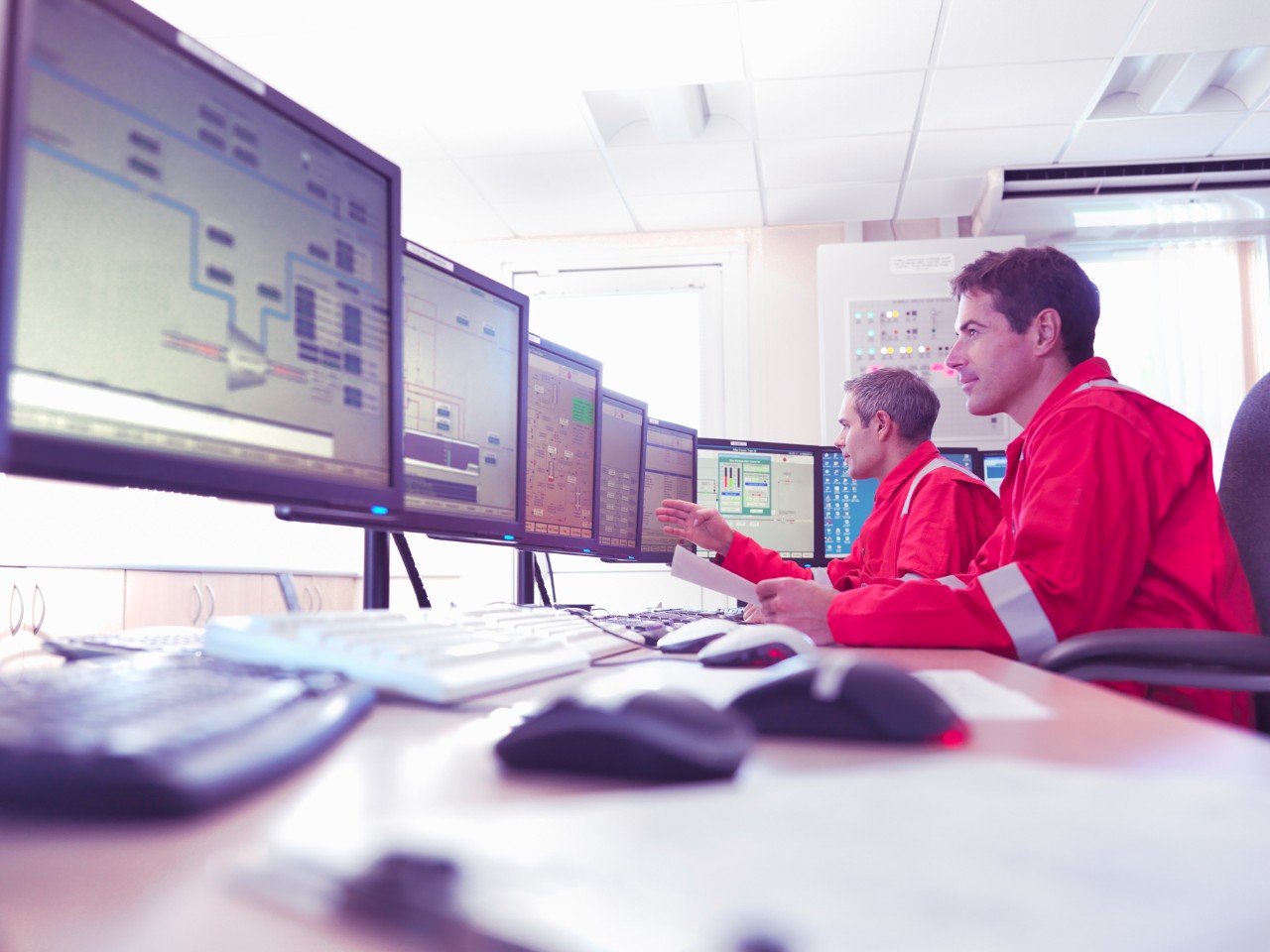Unified Learning: Preparing tomorrow’s city and utility workforce, today
Posted: August 31, 2020

As cities and utilities are confronted with a generational workforce change, they must find ways to retain the knowledge of its retiring employees and upskill the large numbers of new employees needed to replace them. With millennials set to make up 75 per cent of the workforce by 2025, public works and utility managers are looking for ways to leverage software and technology to speed the on-boarding of these “digital natives” into a workforce that has traditionally not been on the leading-edge of technology adoption.
Software-enhanced training simulators have been around for decades, and they come in different flavors depending on intended use or purpose. They tended to be large and hardware intensive. However, with recent advances in computing technology, virtual and augmented reality, and a focus on developing digital twins of processes and operations, training simulators nowadays have smaller hardware requirements, and they can be deployed in the cloud and leverage new technologies like Microsoft’s HoloLens. The main components of a training system are:
- Process Model: mathematical representation of the process and equipment being modeled;
- Control System: representation of plant controls;
- Human Machine Interface (HMI): a representation of how operators interact with the physical world;
- Learning Management System (LMS): Lessons, Tests, Track and Manage Training
Unified Learning is a new approach for cities and utilities which delivers engaging custom and generic training programs for industrial operations. The latest software technologies and proven instructional practices are combined to deliver competency-based experiential learning. The training system can be deployed to a specific physical location using dedicated hardware, or it can be deployed in the cloud for an enterprise-wide, multi-site training solution. Cities and utilities can integrate the solution within their own existing Learning Management System (LMS), or it can be deployed as stand-alone LMS to easily track and manage progress.
A major utility in Arizona needed to train operators from its retiring coal fleet how to operate its combined cycle plants. The utility wanted the training to take place while the coal plants were still operating reliably until retirement. Geography was an issue because the coal and combined cycle plants were about 200 miles apart. Another issue was the fact that the combined cycle plants have different configurations, and they operated with different load dispatch profiles. A training simulator seemed like a good solution, but cost and the 12-month delivery time would not allow for enough time for the coal plant operators to develop the expertise to run the different combined cycle plants.
To solve this problem, the utility turned to AVEVA who was able to deploy our cloud-based AVEVA™ Operator Training Simulator and reduce the customer’s implementation time to under six months Cloud-based learning enabled employees to access training no matter where they were or when they needed it. The online platform removed the need to travel, avoiding lost operational days and eliminating associated costs such as travel and accommodations. The system allowed standardized training on process and procedure to be provided regardless of the plant configuration. By deploying AVEVA’s Unified Learning system, the utility solved its immediate operational challenges, while retaining and upskilling valuable human resources.
AVEVA has also worked with water utilities to create a virtual representations of treatment facilities, completely integrated with process controls and HMIs. An LMS package completes the Unified Learning system where operators and plant personnel can be trained and certified on procedures and scenarios, allowing the utility to minimize risk and safeguard public health with the confidence that its operators are well-prepared to manage daily operations. This solution can be delivered on-premise or via the AVEVA™ Cloud as required by the customer.
Simulators have always been associated with operator training, and that is how the investment is normally justified by utilities. However, when properly planned and designed, simulators can serve other purposes besides training, improving the ROI for the user. In greenfield applications, control retrofits, or major equipment upgrades, simulators have been used for control checkout and plant procedure verification prior to commissioning. Intermountain Power Service Corporation used AVEVA’s training simulator to replicate the actual dynamic response of the power plant to validate new control logic, identify and fix critical errors and build operator knowledge and confidence in a new control system prior to going online. As a result, the plant achieved full load in automatic mode 24 hours after the initial start-up with the upgraded DCS, avoiding losses of up to $ 1 million per day due to delay in commissioning. These savings more than justified the clients’ simulator investment.
When cities and utilities are thinking about ways to train the workforce as well as to capture the operational know-how to facilitate and enhance their digital transformation, a Unified Learning solution can accelerate the training of your next-generation workforce. If you enjoyed reading this blog and would like deeper insight into our solutions, please visit the following sites infrastructure, power and utilities.
Related blog posts
Stay in the know: Keep up to date on the latest happenings around the industry.